Gluten free oats should be a staple of your gluten-free lifestyle, but unfortunately, there’s a lot of misinformation about oats and whether there really are gluten free oats safe for celiacs and others with gluten sensitivity.
While there are some people who truly cannot tolerate oats, the majority of folks can add oats to their diets safely, so long as the oats are truly gluten free. So what does it mean for oats to be truly “gluten free?”
What is “Purity Protocol?”
To be truly gluten free, oats need to be grown and harvested and packaged in dedicated areas. Oat groats are so similarly sized to wheat and barley, in particular, that farmers often maximize efficiencies by using the same equipment and rotate crops through the same fields — leading to rampant cross-contamination.
Until recently this wasn’t such a big problem, as buying “gluten free oats” usually meant that you were buying certified gluten-free, and “Purity Protocol” oats, meaning:
- Planting pure seed stock with pre-planting field history audits
- All equipment inspected and approved for gluten-free production
- Each field inspected prior to harvest by the company and a third party
- Harvested seed only stored in dedicated gluten-free grain storage
- Processed in a dedicated and certified gluten-free oat mill
- Packaged on a dedicated and certified gluten-free packaging line
- Third party audits showing the final product is certified gluten-free
Are Regular Oats Safe for Celiacs?

However, large companies have recently gotten into the mix, offering mass-produced foods to gluten free consumers by using cheaper, regular contaminated oats, and attempting to optically or mechanically sort out most of the gluten grains in order to represent to consumers that their oats contain less than 20 ppm gluten (the FDA standard for gluten free labeling).
Unfortunately, we’ve seen many instances already where consumers have been made sick by these products because they are not gluten free enough. These large companies are not opening their doors to independent auditing, inspection, testing and certification, so there is no way to really know how safe the oats are, except that we know they’re making people sick.
For more on which companies to trust and which are using regular oats that they attempt to separate, hop to Gluten Free Watchdog’s list of vetted companies which source and sell only purity protocol oats.
There should be a very black and white line between purity protocol oats = gluten free and sorted oats not being gluten free enough for those who need to trust that their food is gluten free every time. But right now, there is not. It is very much buyer beware.
As disappointing and even as shocking as it is, some gluten free certifiers are certifying products containing oats that are mechanically and optically sorted despite what we know about how risky these products are and how much like roulette it is to incorporate them into gluten free labeled products.
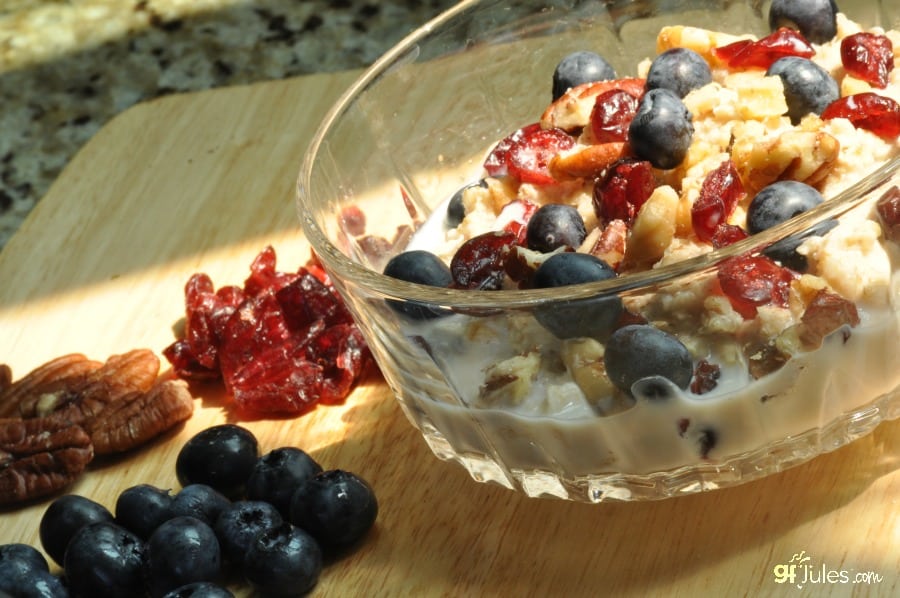
We should be able to enjoy oats since they are a naturally gluten free grain, but because oats are so often contaminated with gluten containing grains in fields, harvesting, milling, processing and packaging, they are considered an inherently risky gluten free product.
Thus, they merit an extra layer of scrutiny and require an extra layer of safety. Which is where purity protocol — as opposed to simply sorting — comes in.

Oats are not just in breads and cereals — you need to check every label every time for every ingredient. Oat milk, creamers and ice creams are some of the newest products containing oats on the market, but most of these products are NOT made with purity protocol oats, even if they are certified gluten free.
Let me repeat that. EVEN IF THEY ARE CERTIFIED GLUTEN FREE, most oat products on the market are NOT made with purity protocol oats. It makes for a very confusing situation as a gluten free shopper.
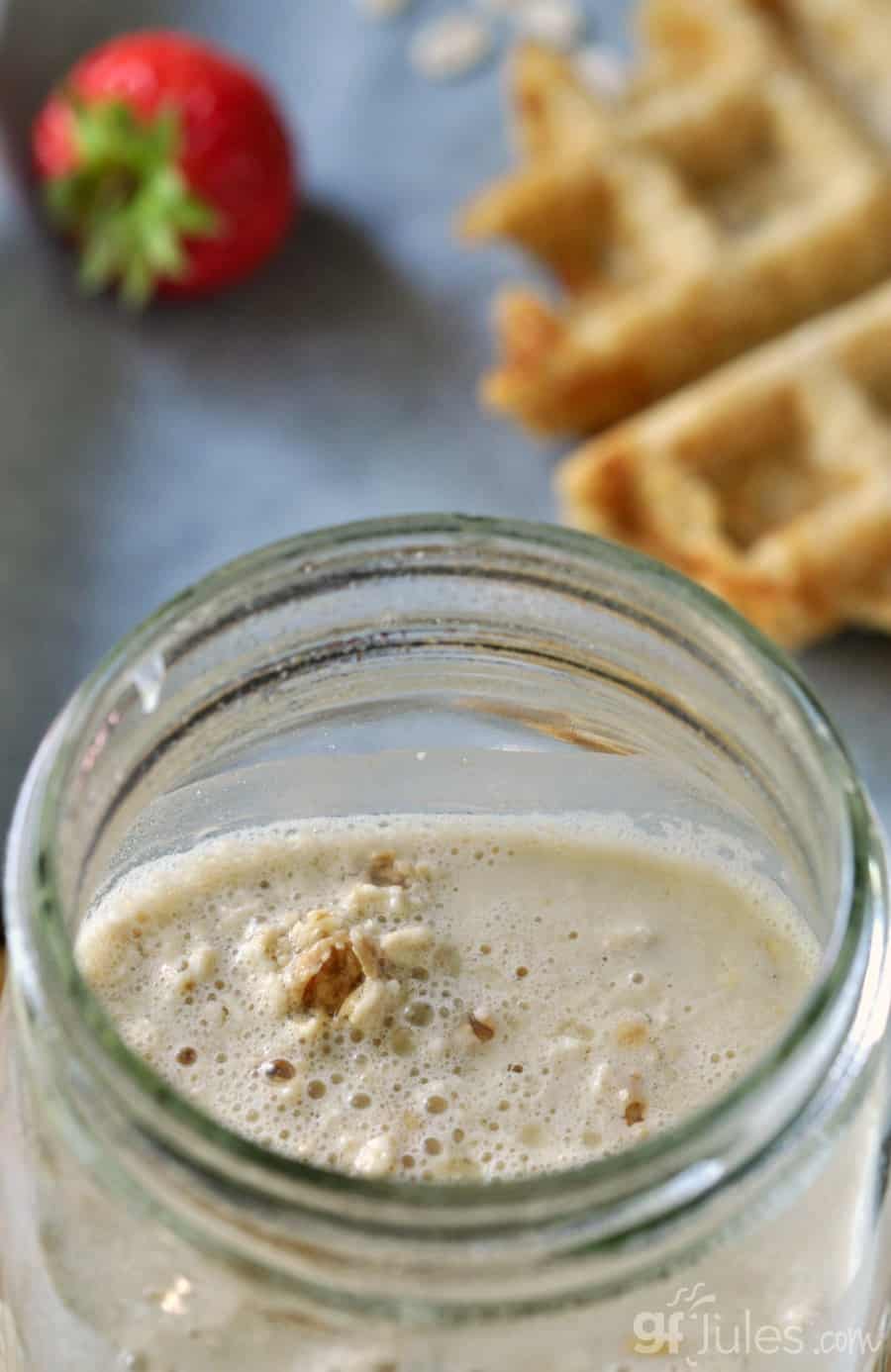
How Do I Find Out if Oats are Purity Protocol Oats?
By way of example, this was the response I received when I contacted Elmhurst 1925 directly and they confirmed that their oat supplier is using purity protocol oats:
Thank you so much for reaching out to us. Our oat supplier has taken a strong stance against the use of glyphosate and has banned the growers from using it. The supplier tests the harvest samples from every grower for any residues. The certified gluten free oats offered by our supplier are produced under a gluten-free purity protocol, which eliminates the risk of cross contamination.
Celiac and the Beast also maintains a current list of companies making products with sorted versus companies with purity protocol oats. This distinction is being applied across the spectrum of products as manufacturers turn to oats as an ingredient for products like oat milks, oat yogurts, oat frozen treats, oat creamers and more.
Fortunately for those of us who follow a gluten free diet for medical reasons, there are still Purity Protocol Oats available, so we can enjoy oats safely.
To learn more about certified gluten free, purity protocol oats and how they are grown and processed, listen to this “You Had Me At Eat” podcast.
The oats I offer in my gfJules Store are Gluten Free Prairie Oats. They are purity protocol and do not allow glyphosate (Monsanto’s Roundup pesticide) on any of its oats, conventional or organic. (For more on some companies whose oats contain unsafe levels of glyphosate, go here.)
Health Benefits of Oats in Your Diet
Pure gluten free oats belong in your diet as much as they do in everyone else’s. Actually, people following a gluten free diet have added reason to want certified gluten free oats in their diets. For one, the beta glucans found in oats reduce bad LDL cholesterol and blood pressure, and they lessen both glycemic and insulin response. But those same beta glucans bolster immune system defenses against bacteria, viruses, fungi and parasites. Know anyone in the gluten free community who could use a little extra immune system strength?
The fiber in gluten free oats also works on your body’s behalf, long after your yummy breakfast (or oat-rich dessert like cobblers or cookies!). Oats’ fiber gives you a fuller feeling, longer, so you’re less likely to feel hungry and snack. Also, one study showed 59% of elderly test subjects had discontinued their use of laxatives after just 6 weeks of daily oat bran consumption.
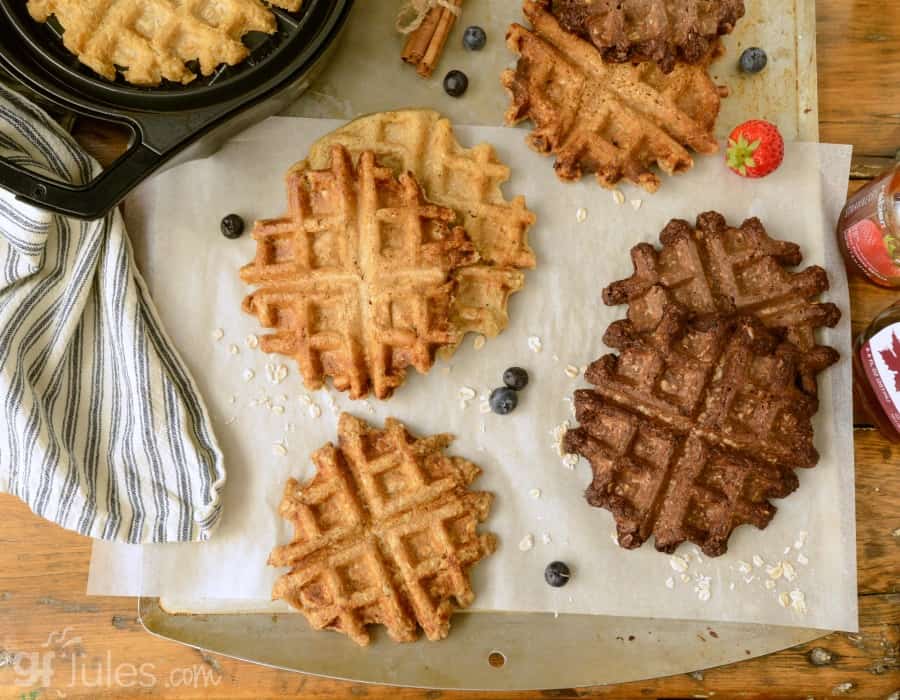
Early oat consumption by young children has even been statistically linked to a reduction in the likelihood of the development of persistent asthma. To read more about whether gluten free oats are safe in your diet, hop to my article here.
You can find purity protocol, certified gluten free oats here on my gfJules site — and we deliver right to your door!
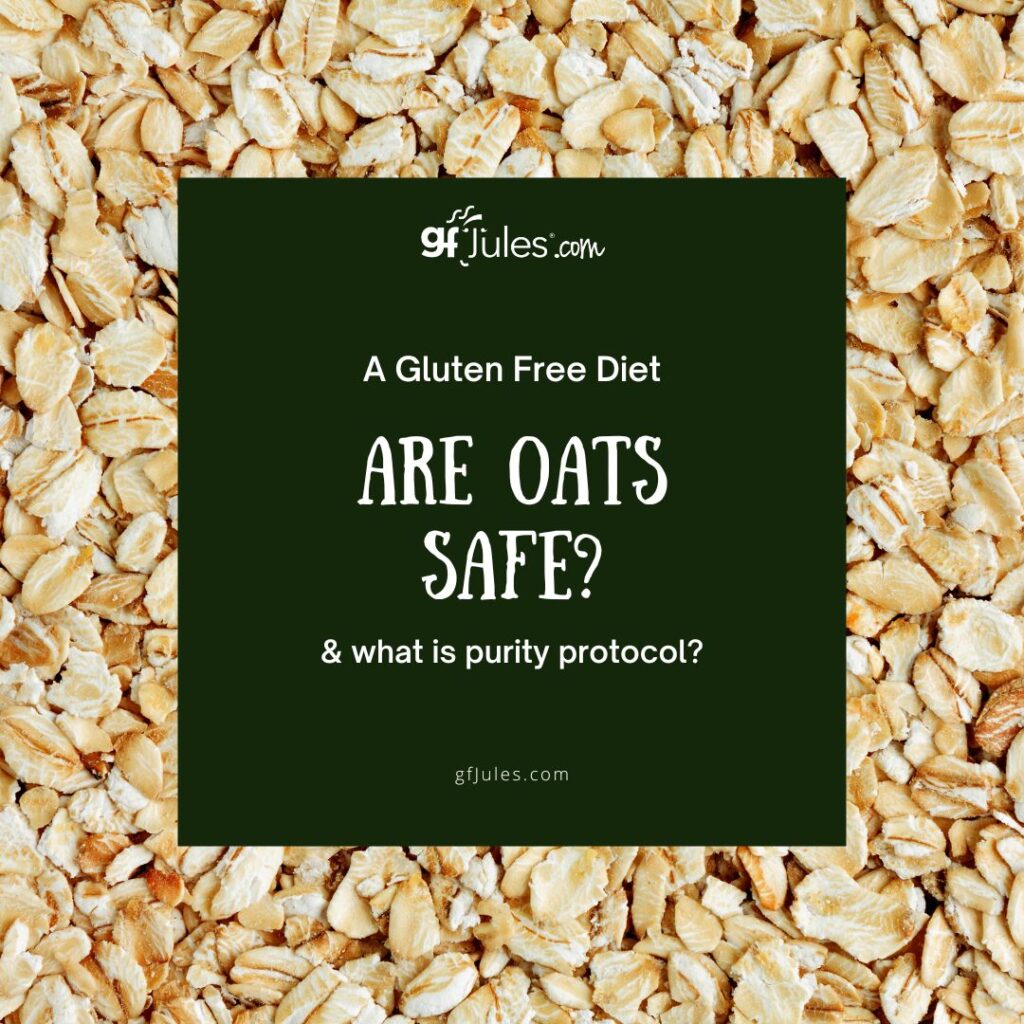
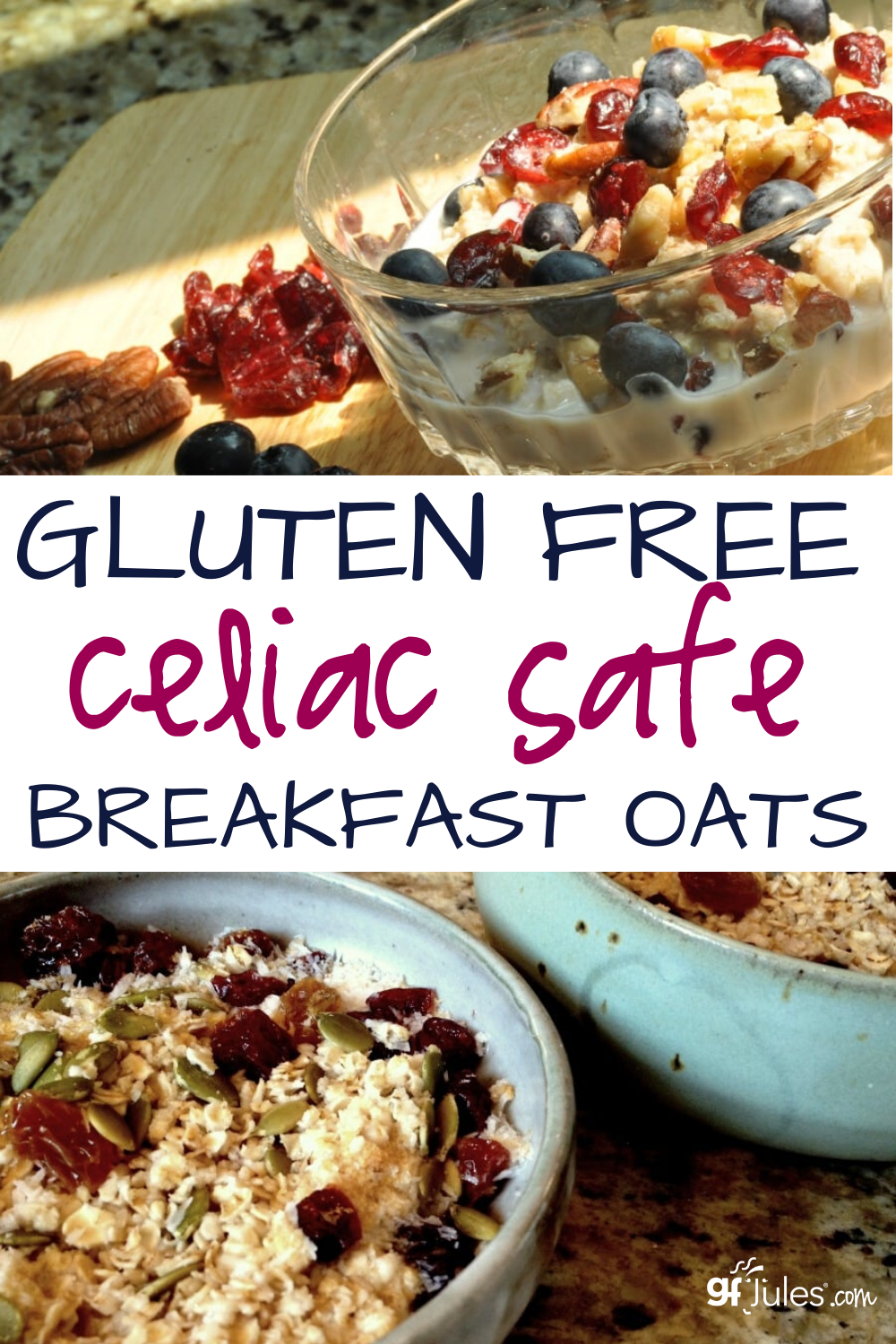
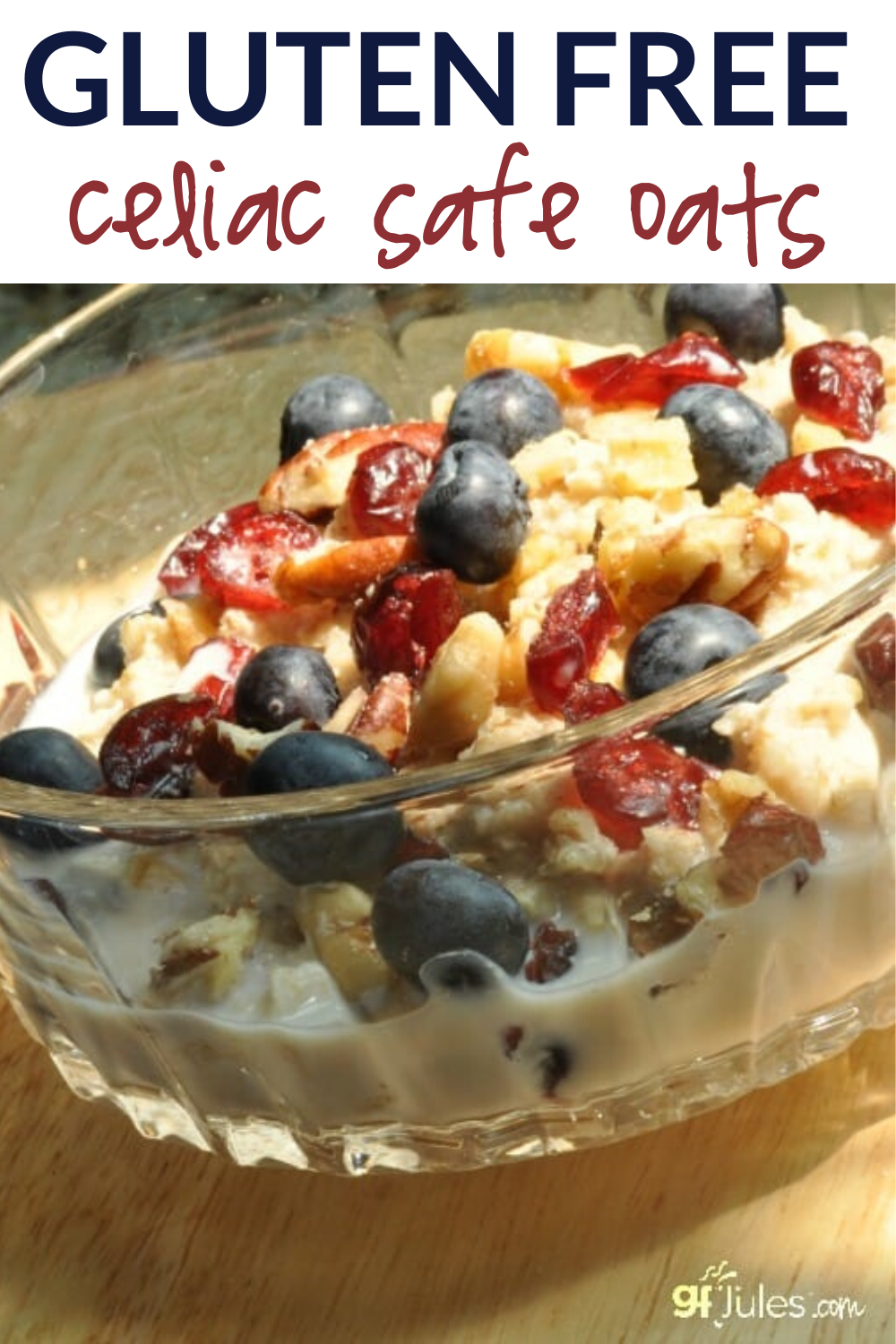
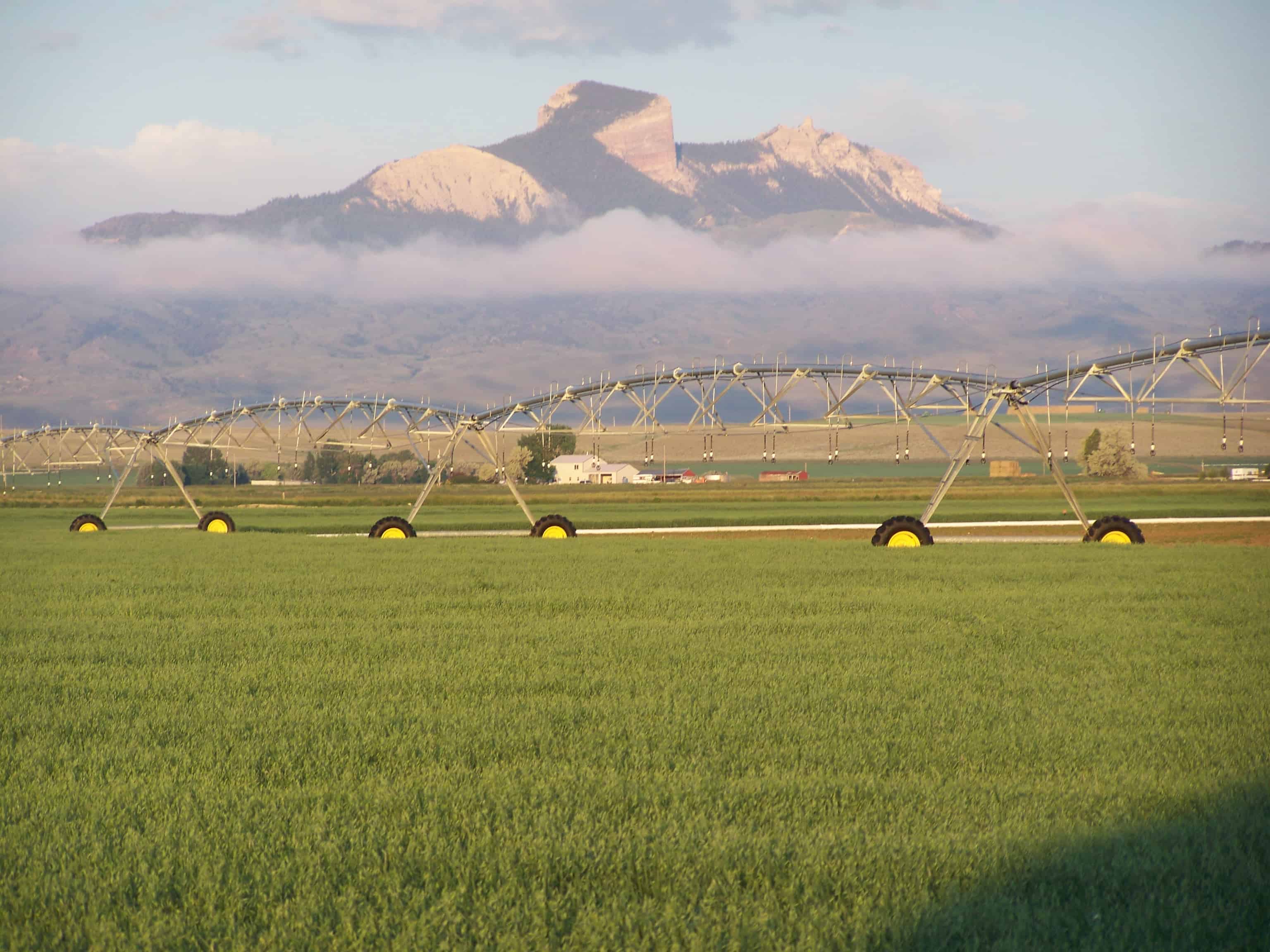


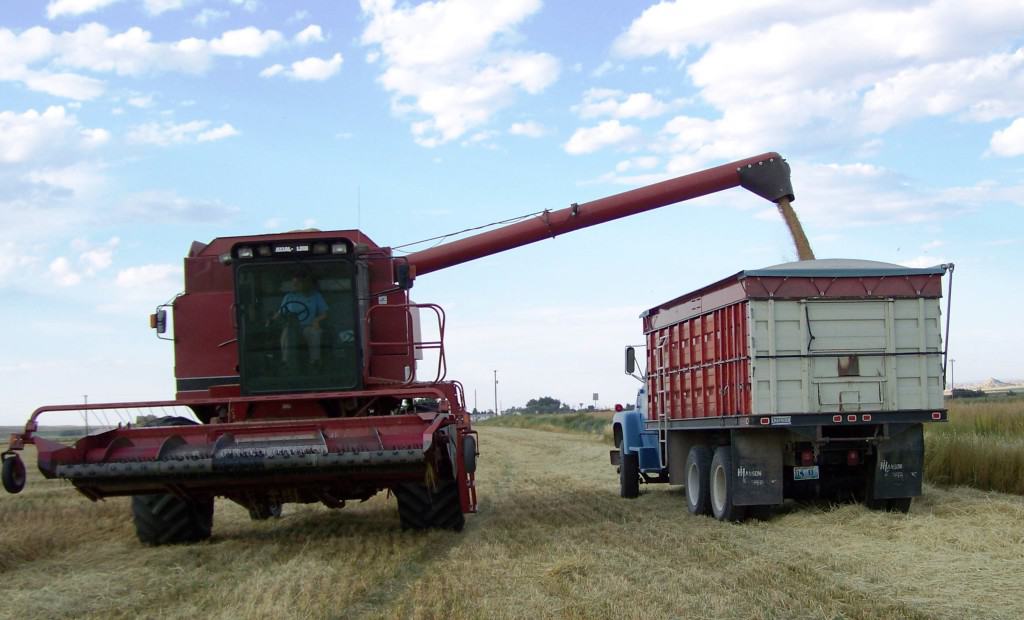
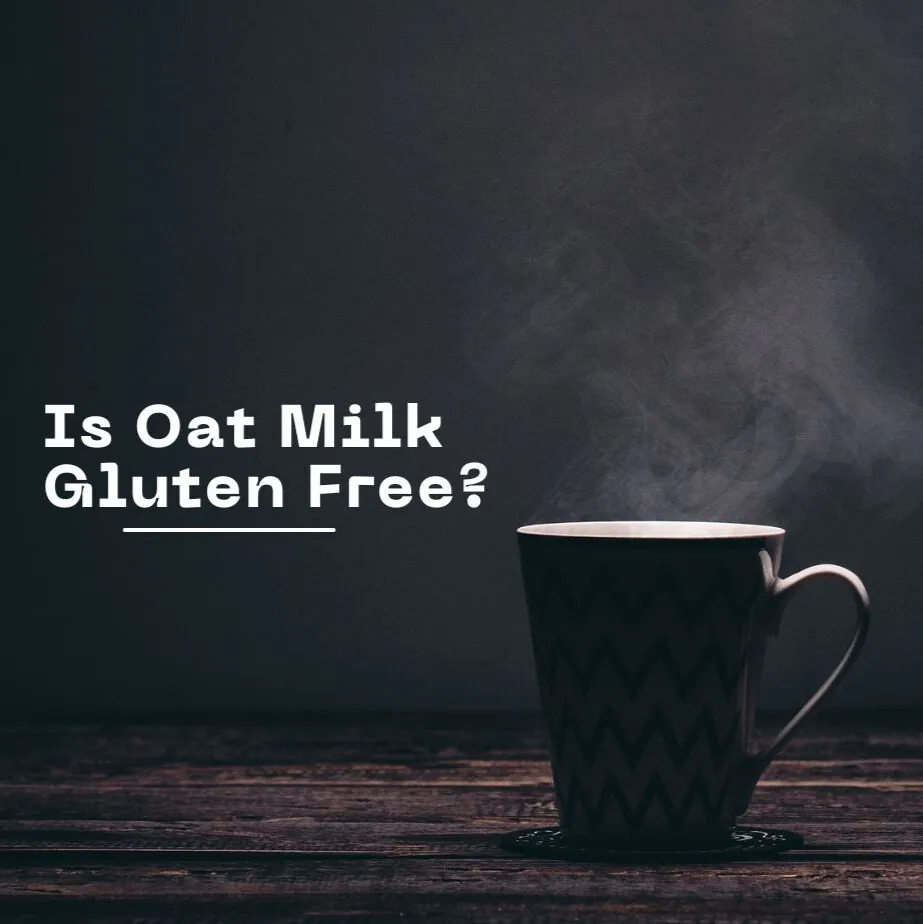
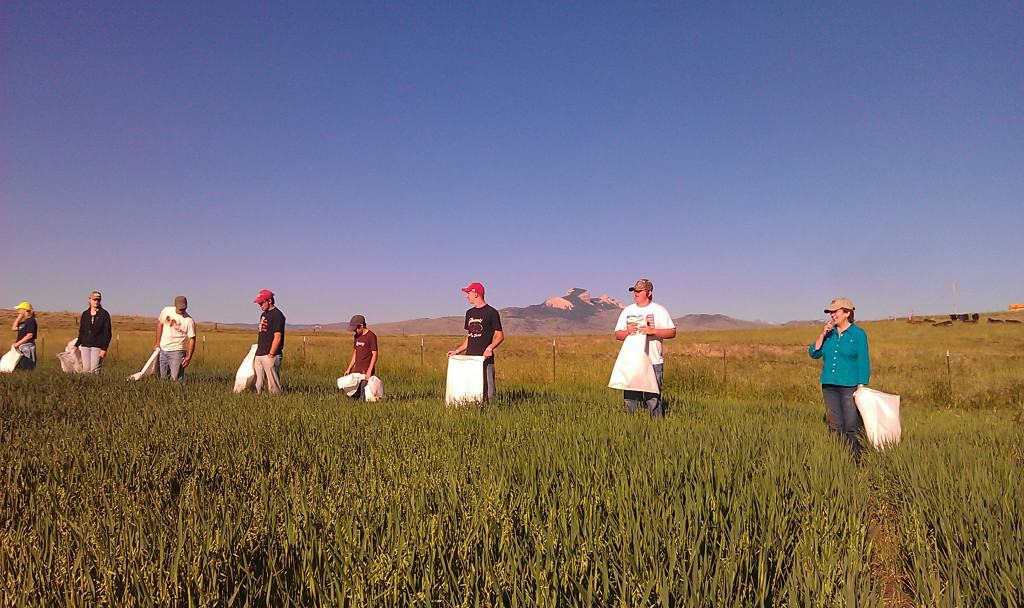






















I use Bobs Gluten free oats, Are they ok?
Hi Barbara, Bob’s Red Mill oats are not certified gluten free nor are they purity protocol oats. You can find an updated listing of the companies which do offer purity protocol oats at GlutenFreeWatchdog.org. I hope this information helps. That’s why I offer Gluten Free Harvest organic, certified GF, purity protocol oats on my site, since Bob’s Red Mill tends to be the only one most people can find in grocery stores and many of my customers would like to have another option.
~jules